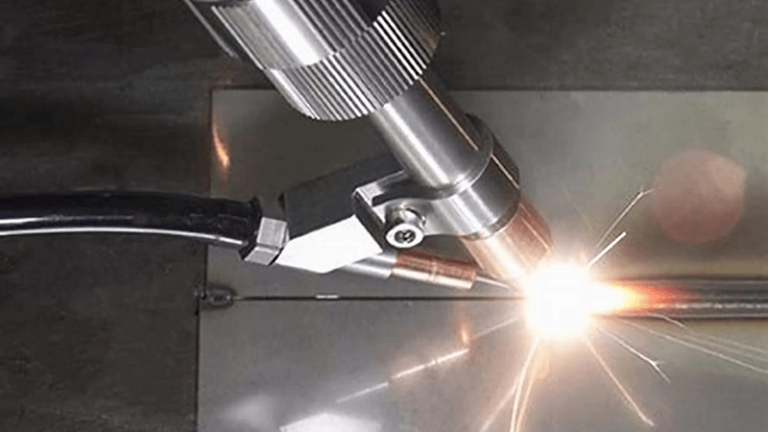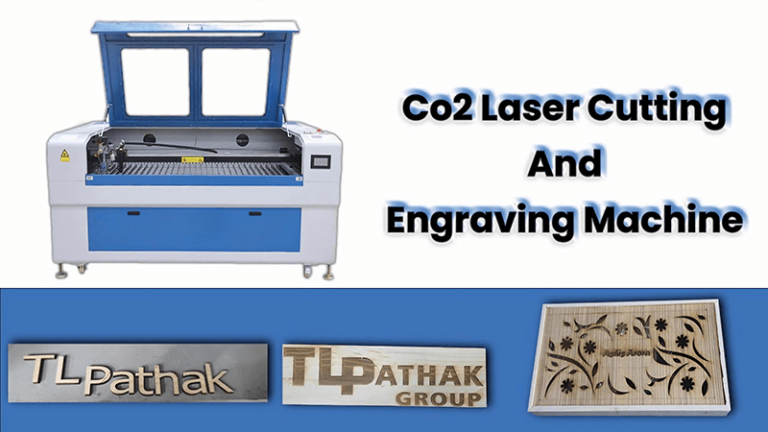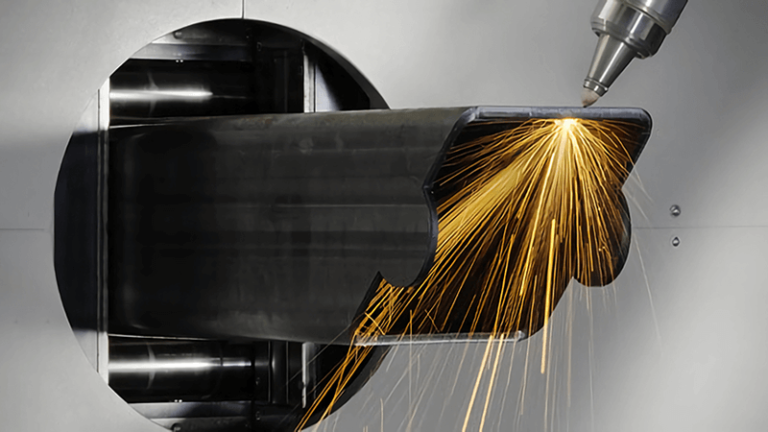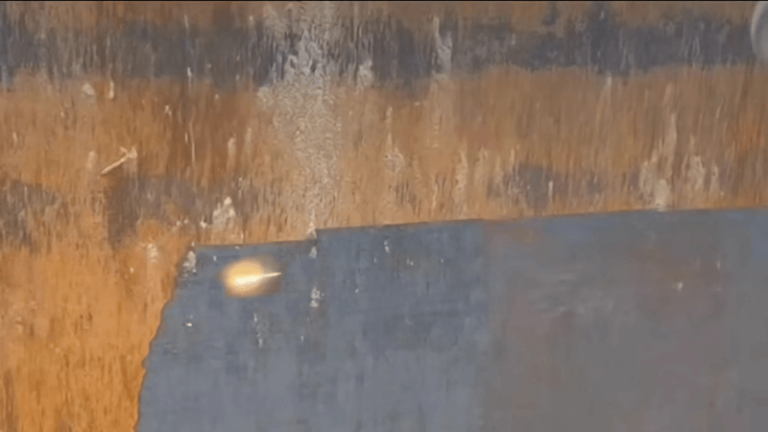In today’s fast-evolving industrial landscape, staying ahead of the curve is essential. As industries strive for greater efficiency, precision, and customization, one technology that stands out is 3D marking. If you're wondering why your company hasn’t adopted this yet, let me tell you—it might just be the game-changer you need.
So, what exactly is 3D marking, and why is it becoming indispensable in modern industry? Simply put, 3D marking is a cutting-edge process that enables the creation of detailed, permanent, and highly accurate markings on objects with three-dimensional surfaces. Unlike traditional flat engraving, 3D marking adapts to the shape and curvature of the object, providing a much higher level of precision. And with the variety of industries jumping on this trend, it’s time to take a closer look at how 3D marking is transforming the way we do business.
3D marking isn’t just for cutting-edge tech companies. It’s shaping up to be a game-changer across many industries, from automotive to medical devices. So, why should you care? Because your competitors probably already are.
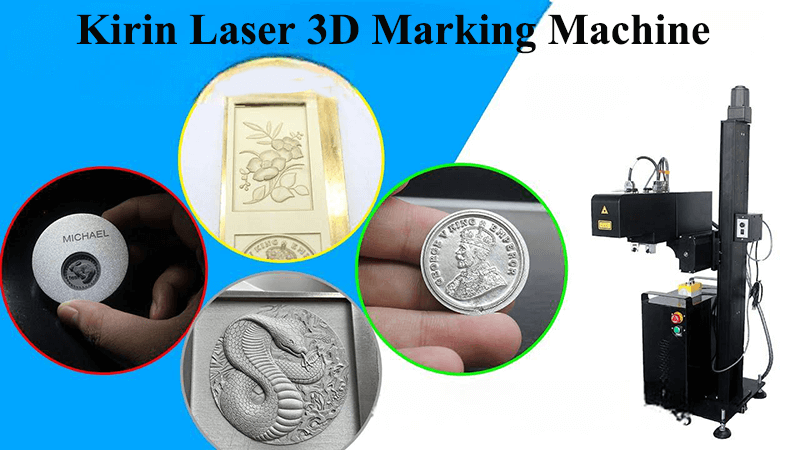
3D marking can create more attractive and detailed designs, including multi-color and gradient effects.True
3D marking enhances visual appeal by enabling more intricate and detailed designs, including multi-color and gradient effects.
3D marking is only suitable for flat surfaces and cannot mark complex shapes.False
3D marking excels at marking complex shapes, including curved, sloped, and cylindrical surfaces, which traditional 2D marking cannot handle.
What Benefits Does 3D Marking Offer Over Traditional Marking?
3D marking offers several advantages over traditional marking methods, especially when compared to 2D marking. Here are the key benefits in simple terms:
- Ability to Mark Complex Shapes: Unlike traditional 2D marking, which only works on flat surfaces, 3D marking can handle curved, sloped, and even cylindrical shapes. This makes it more versatile for different products and industries.
- Better Depth Control: Traditional marking can struggle to engrave deep designs, especially on uneven surfaces. 3D marking keeps the laser energy constant, allowing it to carve deeper and more precisely without the need for extra equipment like adjustable tables.
- Improved Visual Appeal: 3D marking can create more attractive and detailed designs, including multi-color and gradient effects. This makes products stand out with unique, eye-catching features.
- Faster Processing: 3D marking can mark complex shapes in one pass, saving time compared to traditional methods, which often require multiple setups or passes to achieve the same result.
- Non-Contact Process: Since 3D marking doesn’t physically touch the material, it’s less likely to damage delicate surfaces. Traditional methods, like stamping, can sometimes leave marks or deform the product.
- Works on Different Materials: 3D marking can be used on a variety of materials like metal, plastic, glass, and ceramics. This versatility makes it useful for industries such as automotive, aerospace, electronics, and jewelry.
- Cost-Effective: With no need for consumables like ink and faster processing times, 3D marking helps reduce costs. It also uses less energy, which is beneficial for long-term savings.
- High Precision and Quality: 3D marking can create detailed designs with micrometer-level accuracy, ensuring clear, durable, and professional-looking results every time.
In short, 3D marking improves the efficiency, quality, and appearance of marked products, making it a superior choice for modern manufacturing.
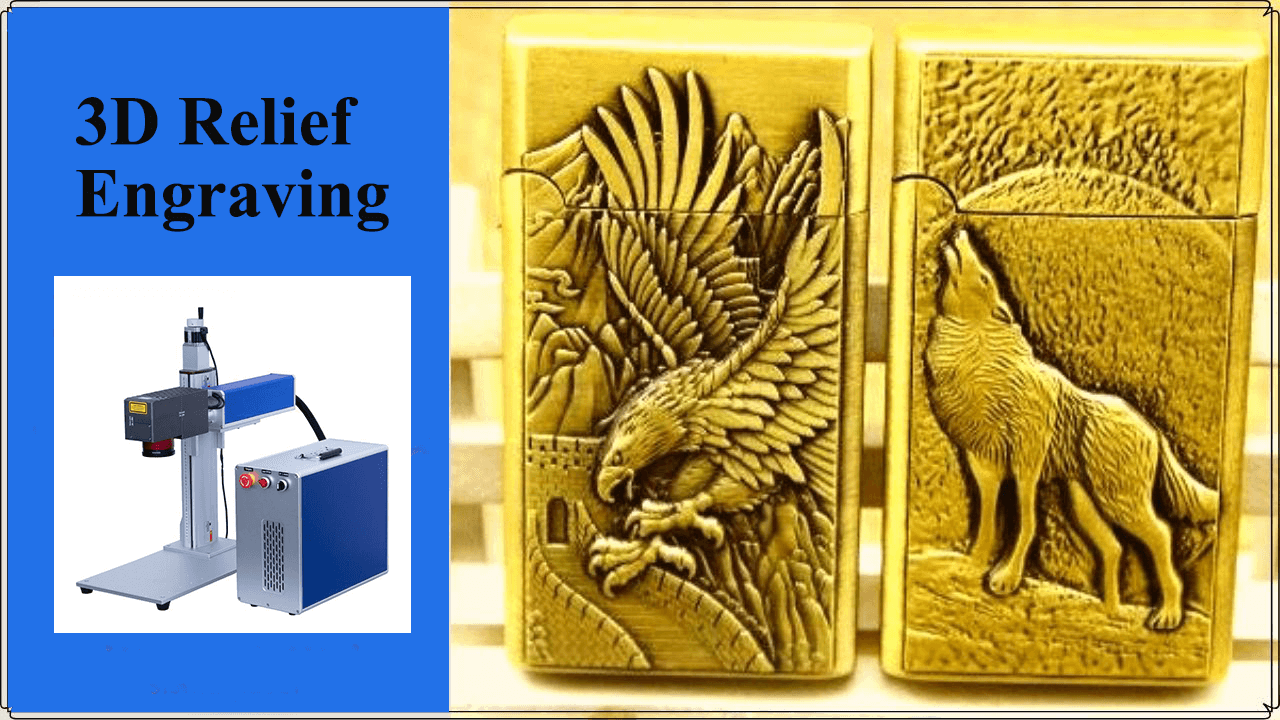
How Can 3D Marking Improve Production Quality and Traceability?
3D marking enhances production quality and traceability by offering precise, durable, and consistent marks on complex surfaces. The key benefits include:
- Precision and Detail: 3D marking allows for intricate designs on small or irregular surfaces, ensuring clear, legible markings for better product identification and branding.
- Durability: Marks made by 3D lasers are long-lasting, resistant to wear, smudging, or fading, which is essential for industries like automotive and aerospace.
- Efficiency: 3D marking reduces production time by enabling single-pass marking on complex shapes, improving processing speed and minimizing human error.
- Traceability: 3D marking creates unique identification codes (like serial numbers or QR codes) directly on products, helping track items throughout the production cycle and improving supply chain visibility.
- Compliance: 3D marking ensures traceability for industries with strict regulations, such as pharmaceuticals, by providing permanent marks that meet audit and inspection requirements.
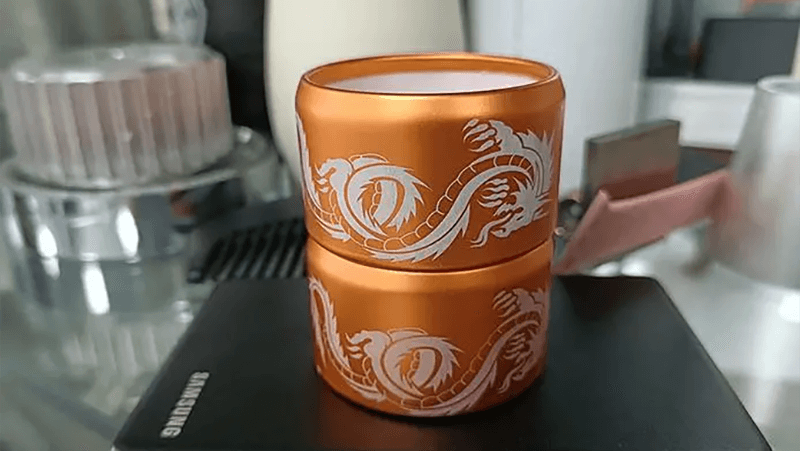
What Role Does 3D Marking Play in Customization?
- Precision Customization: 3D marking enables highly detailed engravings and markings on complex surfaces, allowing for custom designs, logos, or text to be applied to products with exceptional accuracy.
- Unique Identification: It can engrave unique identifiers, such as serial numbers or personalized messages, directly onto products, ensuring traceability and individual recognition, which is crucial in industries like electronics and automotive.
- Durability: The marks created by 3D laser technology are permanent and resistant to wear and tear, maintaining the quality of custom designs over time, even in demanding environments.
- Material Flexibility: 3D marking can be applied to a wide range of materials, such as metals, plastics, glass, and ceramics, offering versatility in product customization without being limited by material type.
- Rapid Turnaround: The efficiency of 3D marking allows for quick adaptation to custom orders, reducing lead times and improving customer satisfaction by swiftly processing unique requests.
- Integration with Digital Tools: Many 3D marking systems integrate with digital design software, enabling real-time customization visualization and providing manufacturers with precise specifications for production.
- Cost-Effective Custom Solutions: Unlike traditional methods, 3D marking allows for efficient small batch or one-off customization projects, reducing setup costs and making personalized products accessible at competitive prices.
- Enhanced Branding Opportunities: Companies can use 3D marking to imprint custom logos and unique branding elements directly on products, reinforcing brand identity and offering customers a more personalized experience.
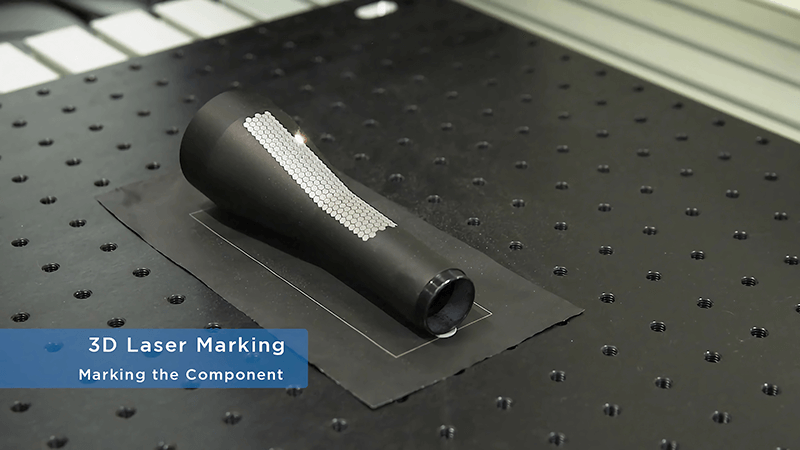
3D marking irregular shape 3D marking offers greater precision and better depth control compared to traditional marking methods.True
3D marking allows for deeper and more precise engravings, even on uneven surfaces, without requiring extra equipment like adjustable tables.
3D marking is not compatible with materials like glass and ceramics.False
3D marking can be applied to a wide variety of materials, including metal, plastic, glass, and ceramics, making it versatile across industries.
Top Applications of 3D Marking in Modern Industry
Application 1: Automotive Industry
The automotive industry is no stranger to innovation, and 3D marking is another tool in its arsenal. From component traceability to branding, 3D marking is helping automotive manufacturers achieve unprecedented levels of precision and consistency. Imagine marking every critical component of a vehicle with detailed, permanent identification, ensuring traceability throughout the entire lifecycle of the part.
In addition to functional markings, 3D marking allows for sleek and aesthetically pleasing brand logos and labels, enhancing the vehicle’s premium appeal. Whether it’s marking engine components, body parts, or even custom decals, 3D marking ensures that the details are not just functional—they’re precise and long-lasting.
Application 2: Aerospace Industry
Precision is paramount in the aerospace industry. Markings on aircraft components are not just about aesthetics; they play a crucial role in safety and compliance. 3D marking provides a solution for precisely marking parts like turbines, frames, and safety equipment, where accuracy can mean the difference between life and death.
With the stringent regulatory standards in aerospace, 3D marking helps manufacturers adhere to safety guidelines while also improving operational efficiency. Customizable depth and detail levels mean that parts can be uniquely identified and tracked, ensuring they meet international compliance standards.
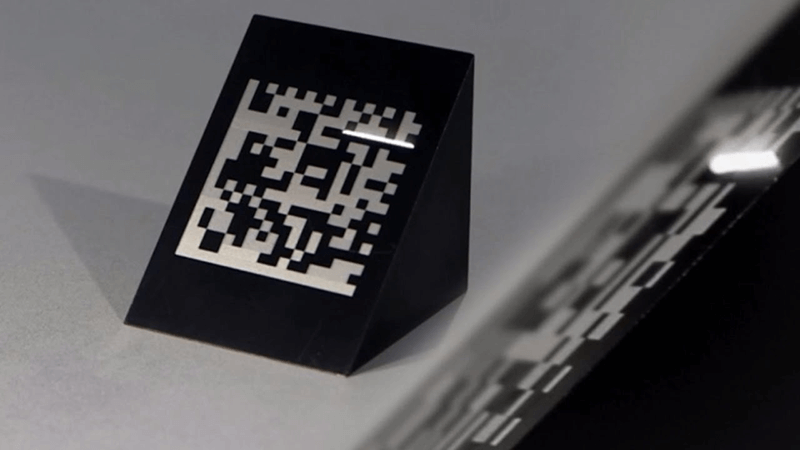
Application 3: Electronics Manufacturing
In the fast-paced world of electronics, 3D marking is essential for product identification, serial number engraving, and component tracking. Think of all the tiny components inside your smartphone or laptop—each one needs to be marked for identification, whether for warranty purposes or to maintain part traceability.
By using 3D marking, manufacturers can achieve markings with exceptional depth and clarity, even on the smallest of parts. This level of precision ensures that electronic products not only stand out in the market but also meet the rigorous standards for quality control and traceability.
Application 4: Medical Devices
The medical device industry demands a higher level of marking accuracy, particularly for regulatory reasons. 3D marking allows manufacturers to mark products like surgical instruments, implants, and diagnostic tools with highly detailed, permanent identifiers that are crucial for tracking and compliance.
Medical equipment requires unique serial numbers, barcodes, and even 3D logos for easier identification during sterilization processes. The durability of 3D markings ensures they remain intact under extreme conditions, maintaining their legibility and functionality, which is vital in medical environments.
Application 5: Tooling and Dies
In manufacturing, the precision of tooling and dies is critical for the production of parts and components. 3D marking is used to engrave custom markings on tools, dies, and molds, making them easier to track and identify throughout the manufacturing process.
With 3D marking, manufacturers can ensure that their tooling and dies are marked with the necessary information, such as part numbers, material specifications, and use instructions, helping to streamline production and maintenance processes. It also reduces the risk of mix-ups and errors, saving both time and money.
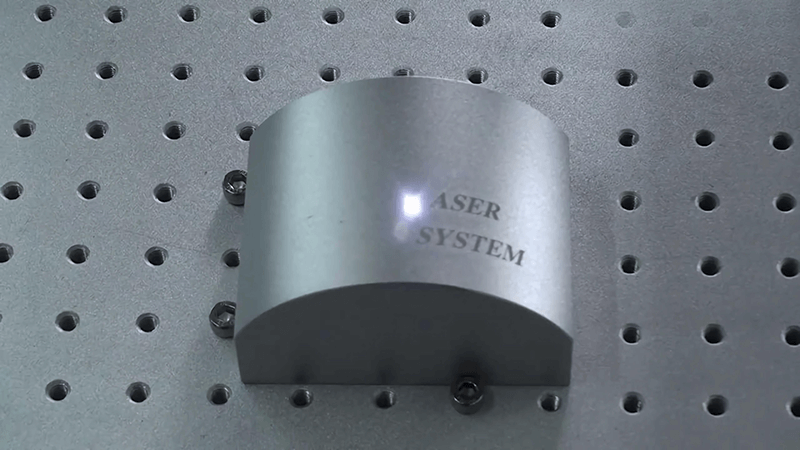
Why is 3D Marking Gaining Popularity?
It’s no secret that 3D marking is becoming more widespread across various industries. So, why is it gaining so much traction? Well, for starters, 3D marking offers incredible customization options. With the ability to adjust depth, font size, and shape, you can get highly detailed marks that cater to the exact specifications of your product.
Moreover, 3D marks are far more durable than traditional 2D marks. Whether exposed to chemicals, extreme temperatures, or physical wear and tear, 3D marks tend to last longer and remain legible. The result? Fewer reworks, better traceability, and enhanced quality assurance.
Challenges in Implementing 3D Marking
Of course, as with any new technology, there are challenges to consider. For one, the machinery required for 3D marking can be more complex and expensive than traditional marking tools. However, the return on investment typically outweighs the initial costs when you factor in long-term durability and enhanced operational efficiency.
Another challenge is training. The sophistication of 3D marking systems means that staff may require some time to get up to speed. However, once the team is trained, the benefits of 3D marking become clear.
But don’t worry—at Kirin Laser, we provide comprehensive support to ensure that implementing 3D marking into your production line is as smooth as possible.
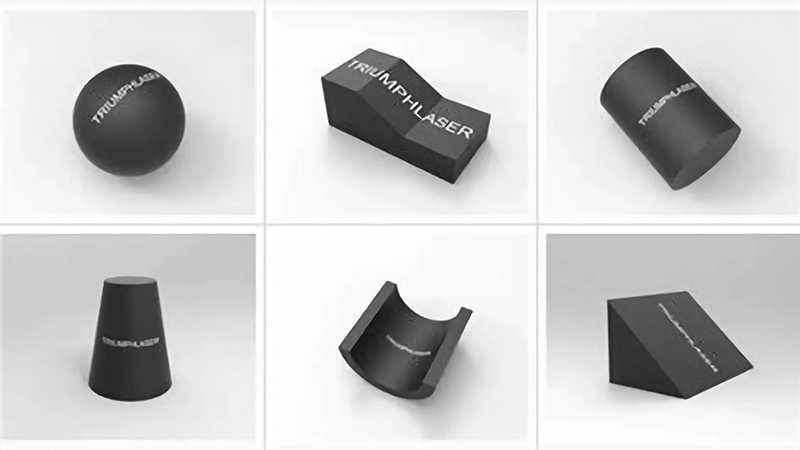
Conclusion
3D marking is not just a passing trend; it's a transformative technology that is revolutionizing industries from automotive to medical devices. By offering unparalleled precision, customization, and durability, 3D marking is a powerful tool for any company looking to improve product traceability, branding, and quality assurance.
If you’re looking to take your manufacturing to the next level with 3D marking, we at Kirin Laser are here to help. Get in touch today to explore how our cutting-edge laser marking solutions can elevate your production process.
Refeences:
- "Top Metal Laser Marking Machines for Industrial Use", from Kirin Laser.
- "How is 3D Marking Revolutionizing Industrial Manufacturing?" from Kirin Laser.
- "3D Engraving: The Benefits of Incorporating a 3D Laser Engraving System", from TYKMA.


